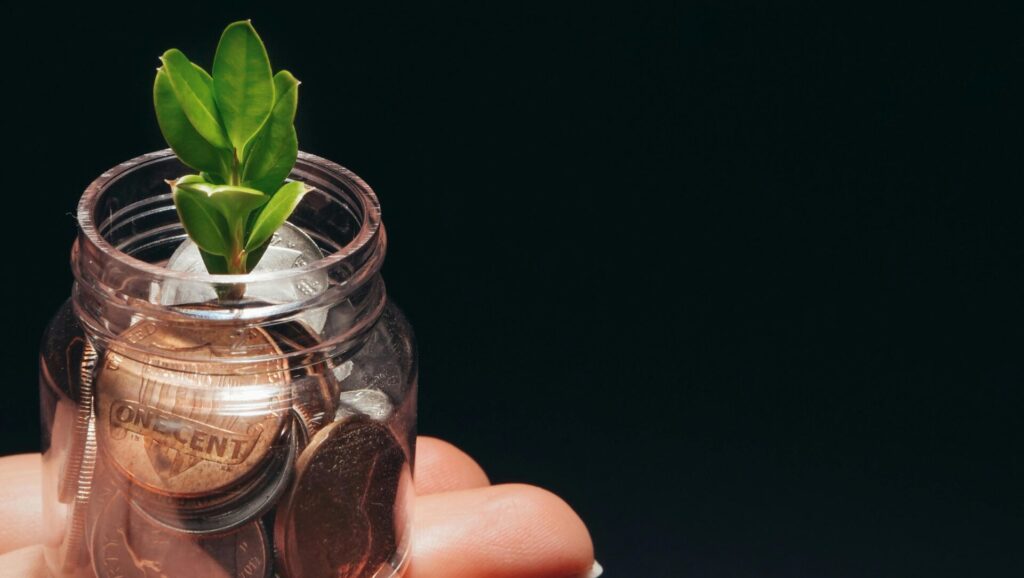Ever heard of money plants as those that bring good luck and prosperity? So, what is it? Well, let us delve into the subject of money plants, their care as well as why they could be a good idea for your home.
PS: Bringing good luck and prosperity with a money plant is not true.
What Is a Money Plant?
Scientific Classification
The scientific name for the money plant is Epipremnum aureum. It belongs to Araceae family. An evergreen vine that is hardy enough to survive indoors or outdoors.
Common Names and Varieties
You may know it by such different names as pothos, devil’s ivy or golden pothos. The common names are indicative of its lush green leaves and adaptability to various conditions. Neon pothos characterized with bright yellow-green leaves and Marble Queen which has striking variegation are among the different varieties available.
Symbolism of the Money Plant
Cultural Significance
In many traditions worldwide, this plant signifies riches, prosperity and luck. The belief is that if you have a money plant in your house it attracts positive vibes hence financial success. Like having a little fortune right at your house!
Feng Shui and Good Luck
According to Feng Shui, the presence of a money plant in one’s house can improve auspicious chi flow. In other words, people always put them close to the entrances of houses so that they can bring wealth into one’s life.
Ideal Growing Conditions
Light Requirements
Money plants prefer bright indirect light. They can tolerate low light but growth will slow down while their color will fade out a little bit- where possible choose an area with gentle sunlight if you want to grow these leafy greens in abundance.
Temperature and Humidity
They thrive best when grown within 60°F – 80°F (15°C – 27°C) temperature ranges. They also love moist air, so consider misting their leaves occasionally or placing the pot on a tray of water with pebbles if you live in a drier climate.
Soil Type and Drainage
Money plants like well-drained soil. Do not let them sit in water; make sure your pot has drainage holes. A blend of potting soil, perlite, and peat moss is great!
How to Care for Your Money Plant
Watering Tips
Sometimes less is more when it comes to watering. Make sure the top inch of soil is dry before watering again because overwatering can lead to root rot which will kill your money plant for sure. Therefore, you have to keep track of it and adjust the watering frequency during different seasons.
Fertilization Needs
Feed your money plant every 4-6 weeks during spring and summer with balanced liquid fertilizer. This will encourage lush growth and vibrant foliage. In fall and winter, decrease feeding since the plant’s growth slows down.
Pruning and Maintenance
Don’t be afraid of pruning if you want your money plant looking fabulous always. Trim off any yellow leaves or dead ones so that new healthy ones grow faster. It also helps to maintain the shape of the plant while promoting denser foliage.
Propagating Your Money Plant
Methods of Propagation
Propagation can be done through two methods:
- Stem Cuttings
Just take a healthy stem cutting with some leaves intact, then place it into water within a few weeks, roots will develop.
- Water propagated
You can also plant directly in the soil. Take the cutting and put it in wet soil then water it regularly. Now, you have a root that will develop into a new plant.
When to Multiply
This activity should be done during the growing season, which is usually in spring or early summer. This is when your plant is most active and will root more easily.
Common problems and solutions
Bug Attack
Even though money plants are quite strong sometimes they could be bothered with insects like spiders or mealybugs. In case of any unwanted visitors, just rub leaves with moist tissue paper or spray the whole tree with soapy water.
Leaf yellowing
Leaves turning yellow may indicate overwatering or poor drainage. Look at your potting mix and adjust your watering habits accordingly. Make sure there is proper drainage in your pot!
Leaf fall
If your crassula ovata loses its leaves, the reason might be that it feels unwell due to changes in lighting conditions. Therefore transfer it to a more stable location, observe its reaction.
Money Plant Uses
Indoor Decoration
They are best suited for indoor decorations because they can add a touch of green color to your house, whether they hang on pots or show up on shelves, among other things. Additionally, these plants require little maintenance which is great given the busy schedules that people keep these days.
Air Purification
Do you know that money plants help clean the air? They would remove toxins out of the room hence improving quality of breathing air indoors as well as keeping one’s chamber fresh looking like an air conditioner!
Summary/Conclusion:
The money plant does not only serve as an attractive ornament but also symbolizes wealth, requires minimum attention from owners, and has a positive influence on the home atmosphere. Whether you’re an experienced gardener yourself or just beginning this exciting hobby by purchasing a money tree – anyway this decision will prove to be a wise one. So go ahead to a sunny place and invite good luck into your life.
Frequently Asked Questions
Is a Money Plant poisonous to cats?
Yes, money plants can be slightly toxic to pets if consumed. Keep them away from animals’ reach in the house.
How often should you water a Money Plant?
Water after one inch of soil on top feels dry. Usually, this happens every 1-2 weeks.
Can I grow my Money Plant in water?
Indeed! These plants do well when grown hydroponically. Only remember changing the water regularly.
What are the signs of a healthy Money Plant?
A healthy money plant has bright green leaves and strong stems and is showing new growth. Yellowing leaves may indicate a problem.
Which fertilizer is best for Money Plants?
A liquid fertilizer consisting of equal parts nitrogen, phosphorus, and potassium will work best for Money plants.
Visit our blog section to read more.






